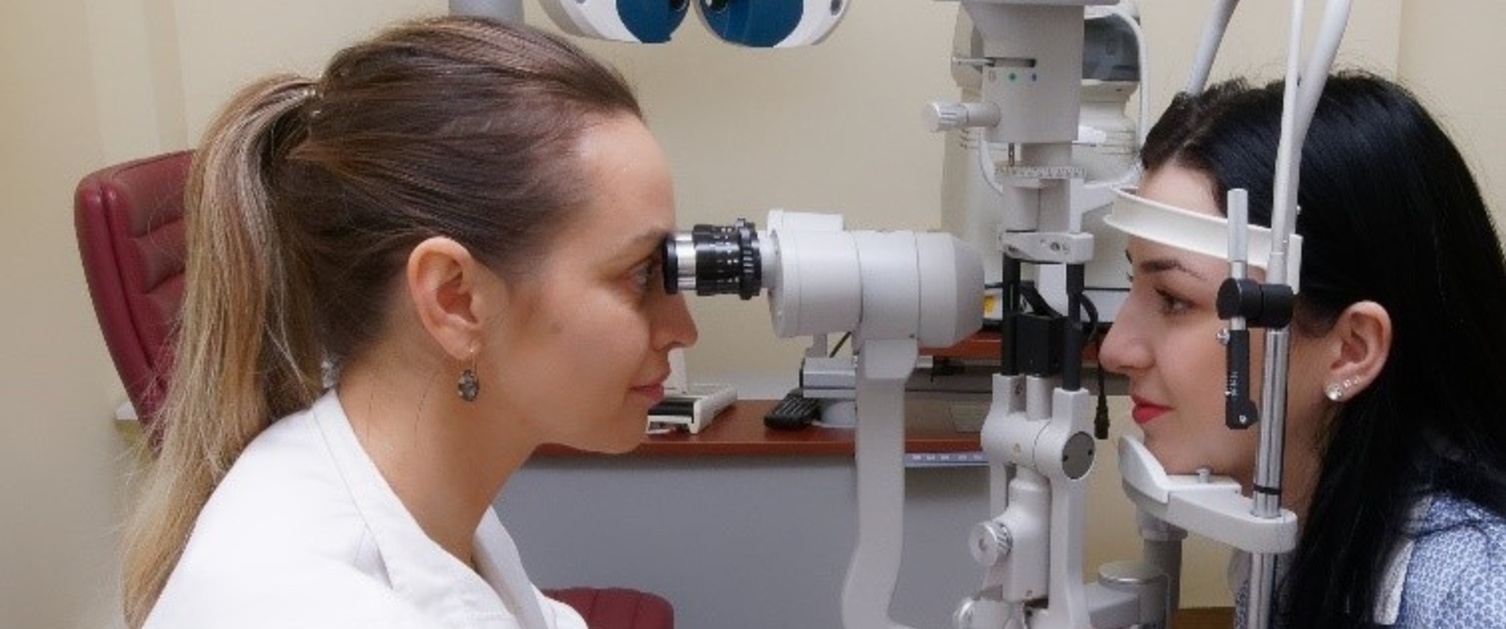Ophthalmology Department

Welcome to the Ophthalmology Department in Singleton Hospital
For the latest guidance on our visiting regulations, please visit this page.
The Ophthalmology clinics are located across corridors 7 and 8 of Outpatients. Clinics run from 8:30am-5pm Monday to Friday, with an out of hours service where an on call Ophthalmologist is available.
The Glaucoma service runs at Singleton and NPTH as well as from ODTCs (Ophthalmology Diagnostic and Treatment Centres) at Dyfed Road Hub, Neath and the Wellbeing Centre, Swansea University.
Visual fields testing is located in corridor 3, and the DTRS service above the maternity unit. The Orthoptic clinic is in corridor 6, and can be accessed via corridor 1, and the day surgery unit is situated across the road from the main hospital at the top of the Staff Car Park.
Some clinics also run in Neath Port Talbot Hospital and Ystradgynlais Community Hospital.
If you have a query regarding your next appointment please contact the booking office on 01792 583700.
Follow this link to the Orthoptics website section.
Follow this link to the Neath Port Talbot Hospital website section.
Consultant and Speciality:
Below you will find a list of the consultants in the Ophthalmology Departments and what their specialities are:
Consultants |
Specialist Interest |
|
Mr. Yih-Horng Tham |
Glaucoma / Cataracts |
|
Dr Lakmal Samarawickrama (locum) |
Glaucoma / Cataracts |
|
Dr Sushrutha Dissanayake (locum) |
Vitreoretinal / Cataracts |
|
Mr. V. Sid Wijetilleka |
Vitreoretinal / Cataracts |
|
Mr. Mario Saldanha |
Cornea Surgery / Cataracts |
|
Mr. David Janicek |
Cataract Surgery lead |
|
Mr. Garry Shuttleworth |
Orbit/Oculoplastic/Motility |
|
Ms. Bharati Vusirikala |
Oculoplastic / Cataracts |
|
Dr Ahmed Ellebody (locum) |
Cataracts |
|
Mr. Gwyn Williams |
Medical retina/ Cataracts |
|
Mr. Mahmoud Awad |
Medical retina/ Cataracts |
|
Mr. Dinesh Rathod |
Paediatrics/ Cataracts |
|
MS Eulee Seow |
Paediatrics/ Cataracts |
|
Ms Safa Elhassan |
Unscheduled care/ Cataracts |
The Ophthalmology team is made up of several specialists. Although your letter states you are under a certain consultant, it is likely you will see a member of their team who may not actually be a doctor. All staff are trained and competent before running clinics, an explanation of who is who can be found below:
Eye Doctors, also known as Ophthalmologists each share their knowledge and expertise to manage the care of ophthalmic patients who have eye conditions. They manage those with acute and long term eye disease and treat patients of all ages.
Also known as Opticians undertake complex eye examinations for both vision and health problems. They assess a patient’s visual acuity (central vision) and correct refractive errors by prescribing corrective lenses accordingly.
Specialise in diagnosing and managing eye conditions in a wide age range of patients that largely affect eye movements, visual development or the way the eyes work together.
Is a trained medical photographer who specialises in imaging conditions of the eye by using specific imaging equipment to photograph, scan or otherwise image the eye to aid diagnosis and treat a range of eye conditions.
For more information on the Medical Illustrations department, please follow this link. Please note: This link is only accessible by staff.
ECLOs are non-medical professionals based in eye clinics providing information, advice, support, and onward referrals. Support is offered to any patient experiencing difficulties relating to their sight loss. Support is also provided to family members and carers.
Your Singleton ECLO is Sue Neale. Please contact on 01792 200390 or 0790 852 7522, or by email susan.neale@rnib.org.uk
These pictures and scans are necessary to record the health of all parts of your eye. The photographs are used to compare record and sometimes diagnose certain eye conditions.
For more information on the Medical Illustrations department, please follow this link. Please note: This link is only accessible by staff.
Angiography is a test carried out to help a doctor give a diagnosis by checking the blood flow in the eye. It shows areas of your eye that may need to be treated and records what the eye condition looks like at the time it is being examined.
Are qualified nurses who have undertaken further training in a certain area, such as Glaucoma or AMD. Many go on to share their individual experiences and qualifications to deliver high quality care.
The nurses within the department are registered general nurses who assess and treat patients with a variety of eye diseases and injuries.
These professionals share previous background experience and have undergone specialist training to meet the demands of the role.
Department Clerical Staff/Medical Secretaries have specific responsibilities to manage the daily running of the department, some of which include booking clinics, obtaining notes, preparing patient lists, checking patients in to clinics, writing letters and much more.
Rydym yn croesawu gohebiaeth a galwadau ffôn yn y Gymraeg neu'r Saesneg. Atebir gohebiaeth Gymraeg yn y Gymraeg, ac ni fydd hyn yn arwain at oedi. Mae’r dudalen hon ar gael yn Gymraeg drwy bwyso’r botwm ar y dde ar frig y dudalen.
We welcome correspondence and telephone calls in Welsh or English. Welsh language correspondence will be replied to in Welsh, and this will not lead to a delay. This page is available in Welsh by clicking ‘Cymraeg’ at the top right of this page.